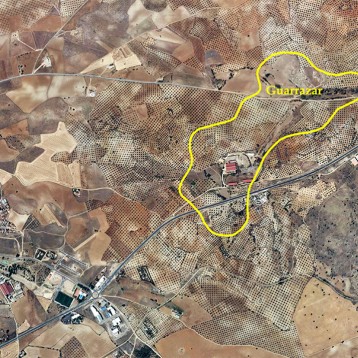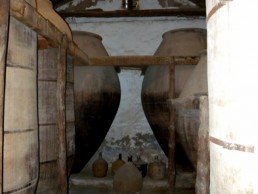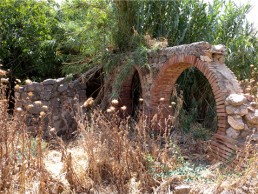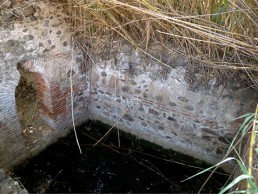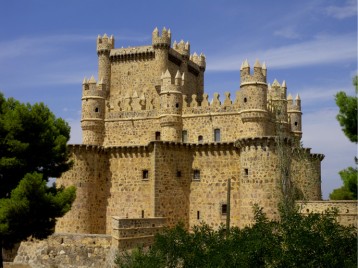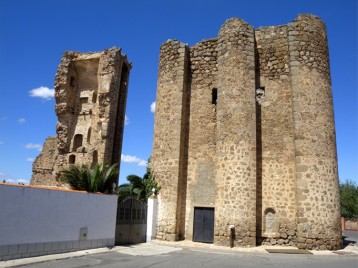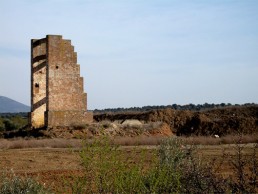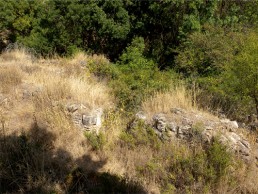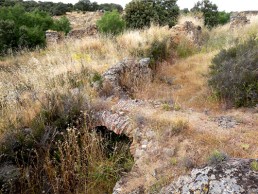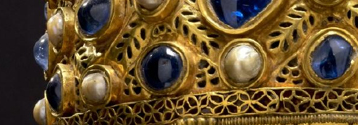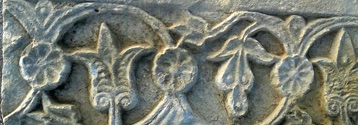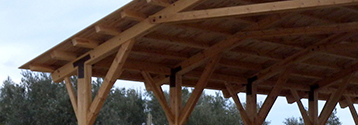The Municipal district of Guadamur is characterised by rocks emerging from the hills that undermine land suitability for agriculture. Dry-farmed crops predominate, above all being cereals together with vines and olive tree plantations, usually on the same terrain at the same time as the three of them are all compatible.
High concentration of sites located in Guarrazar archaelogical compound is due to critical factors such as the existence of permanent springs, two valleys with good agricultural lands for horticultural products and finally the proximity to metalliferous mineral deposits.
At present, more than 80% of crops and vineyards have disappeared. The cultivation of cereals has also decreased significantly because of a substantial increase of the olive groves, whose increase has tripled since the 19th century.






